18. April 2013
The meadow of madness is a field testing about the influence of Richard Wagner’s opera ” Die Meistersinger von Nürnberg” to »German Weidelgras« ( Lolium perenne ) .
From May until June 2016 one of these field testing is located at Cracow, Poland in context of a group exhibition of dom norimberski: http://dom-norymberski.com
The soil of this experimental setup is enriched with grass seed. It will be permanently recorded with Richard Wagner’s opera . The experiment reflects Wagner’s idea of »Gesamtkunstwerk«, in which art balances the alienation of mankind from nature and examines whether »German Weidelgras« grows worse under the influence of Wagner’s or better, denser or thinner, more to the right or to the left.
April 2013
The “meadows of mania” is an artistic research project of the GrashalmInstituts in cooperation with the City of Nürnberg / Nürnberg spielt Wagner
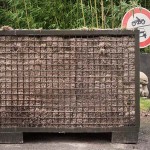
Between April the 26th and July the 25th we are testing the influence of Richard Wagner’s opera “Die Meistersinger von Nürnberg” on growing grass at eight “historical Wagner places *” in Nuernberg
For the research we will set up eight soil cubes in the city. Outside they are inseminated with “Deutschem Weidelgras” / Lolium perenne from inside out the seeds are permanently be played with “Die Meistersinger von Nürnberg”.
At the objects it can be observed how the grass start growing over the brown cubes, maybe to the left or right.
In regular intervals the growth of the grass will be documented. Please leave your comments and observations about the project here at the side.
The “meadows of mania” are mobile synesthetic soil / grass objects. The research arrangement is so build up that the music comes from inside out. First it´s perceived by the seeds and roots of the grass after by People passing by. The Earth cubes have a size of 80cm x 120cm x 80cm and have a weight of about 200kg loaded with soil and grass seed of “Deutschem Weildgras”
The research project relates to Wagner’s thesis that “the art behaves to people,” like “the human being to nature” (from Gregor-Dellin: Richard Wagner, p.124) and incorporates his ideal that art should have a public character, as in the ancient time has been common. It can be understood as a symbol of Wagner’s call for the unification of all the arts to one or that art should not imitate nature, but that art bring the missing of nature back to humans. (Kayak Papke: Richard Wagner’s concept of Gesamtkunstwerk, p 6/Kap 3rd)
The triad of human-nature-art is the focus of the experimental arrangement with open results.
* The “historical places Wagner” in Nuremberg are the places and spaces which Richard Wagner himself has stopped in Nuremberg or occurring in “Die Meistersinger von Nürnberg”.
Thanks for the support to:

- Rathaus am Hauptmarkt
- Richard Wagner Platz
- Hans Sachs Platz
- Restaurant Minneci / Kulturscheune Altstadtfreunde
- Katharinen Ruine
- ehemaliges Nürnbgerer Theater – heute Sparkasse Nürnberg
- Haller Wiese / Cafe Schnepperschütz

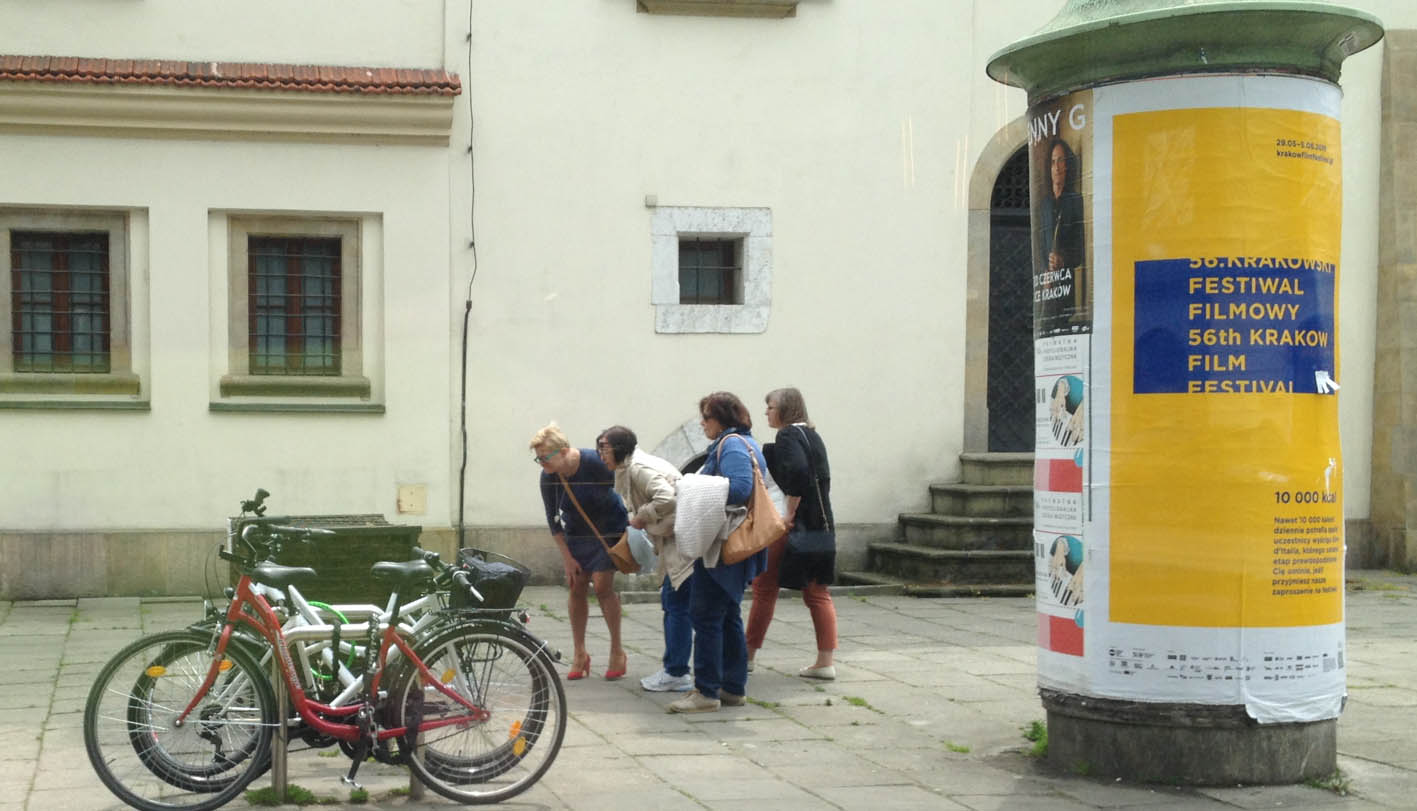
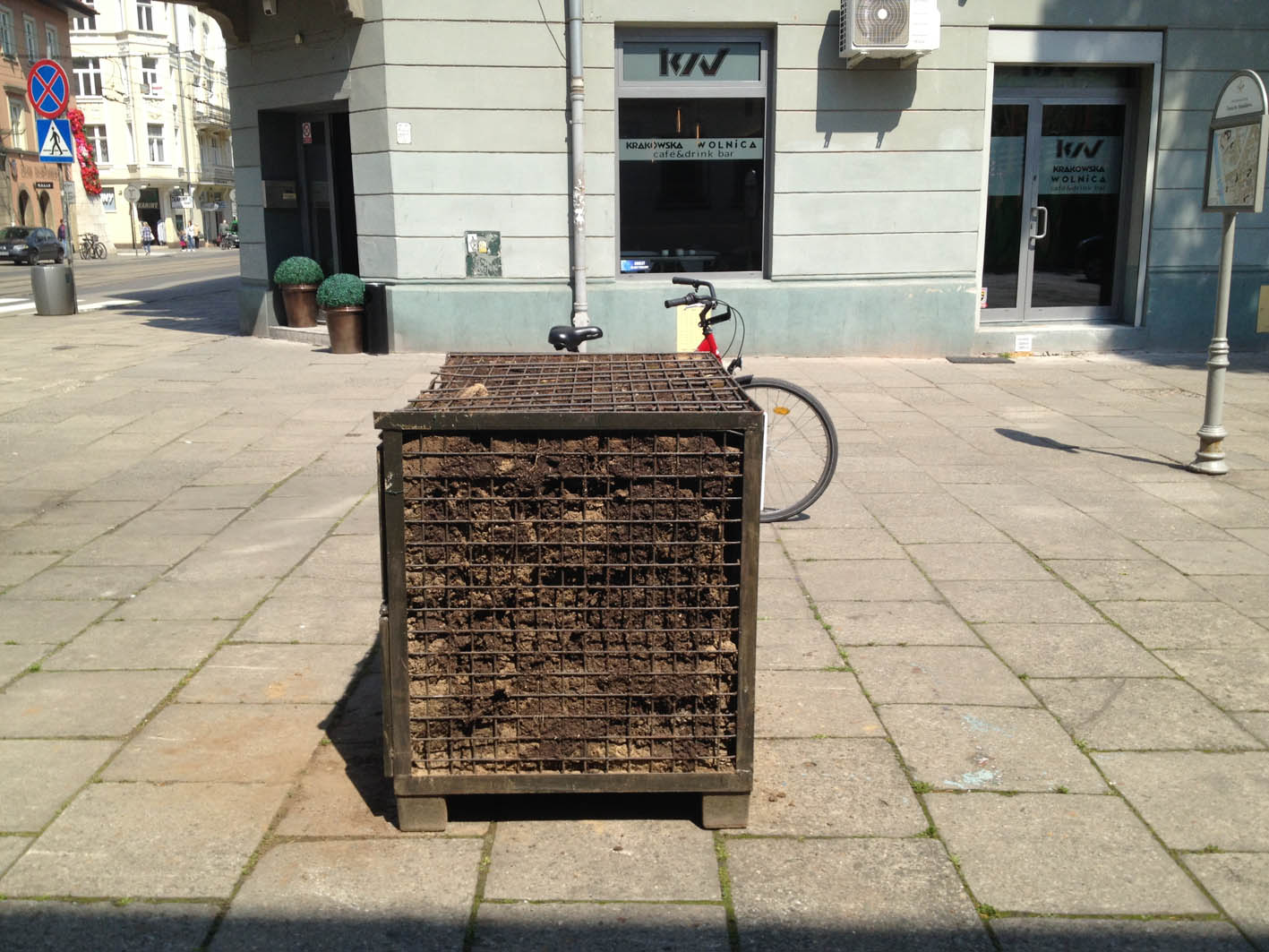
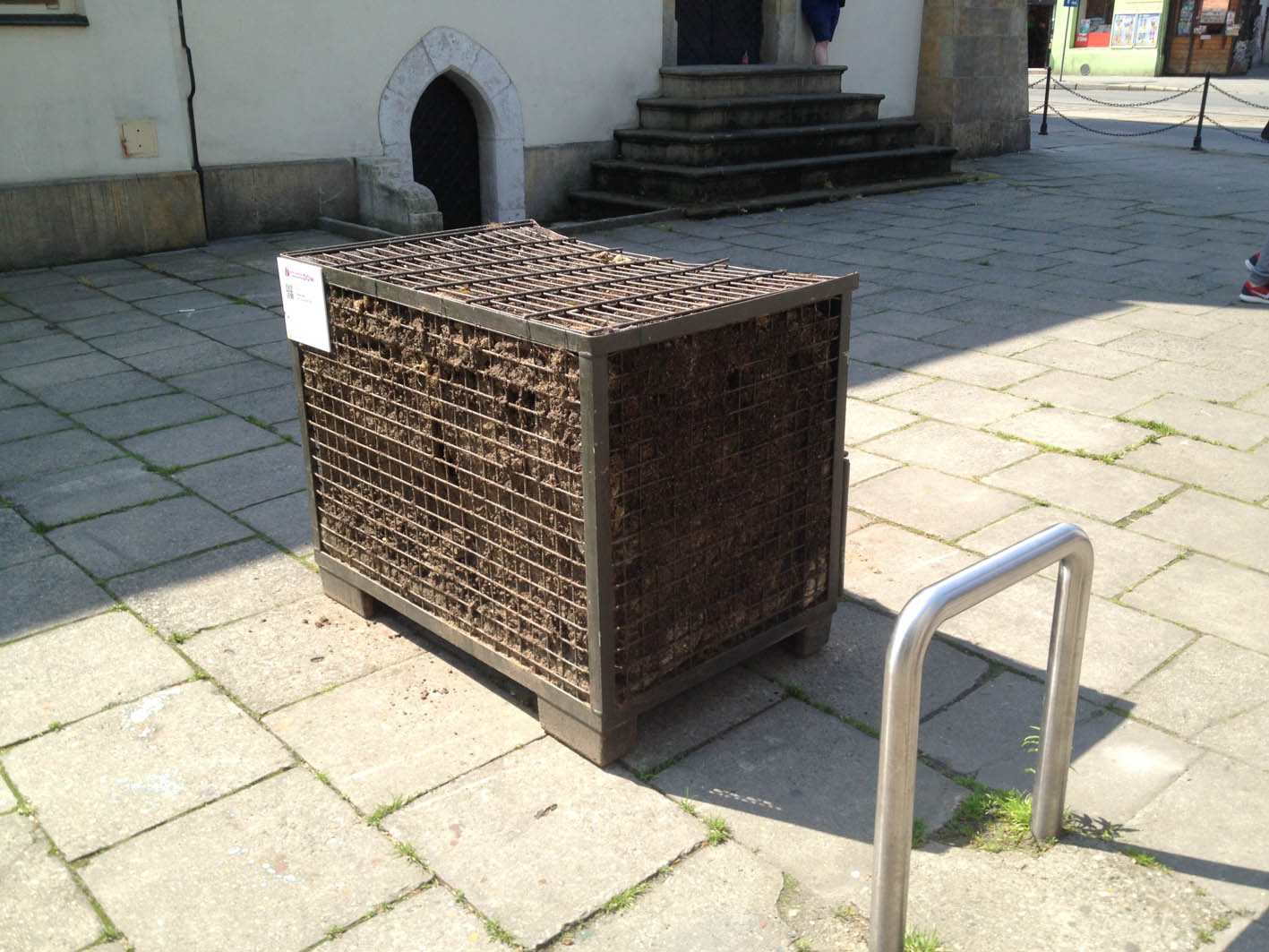

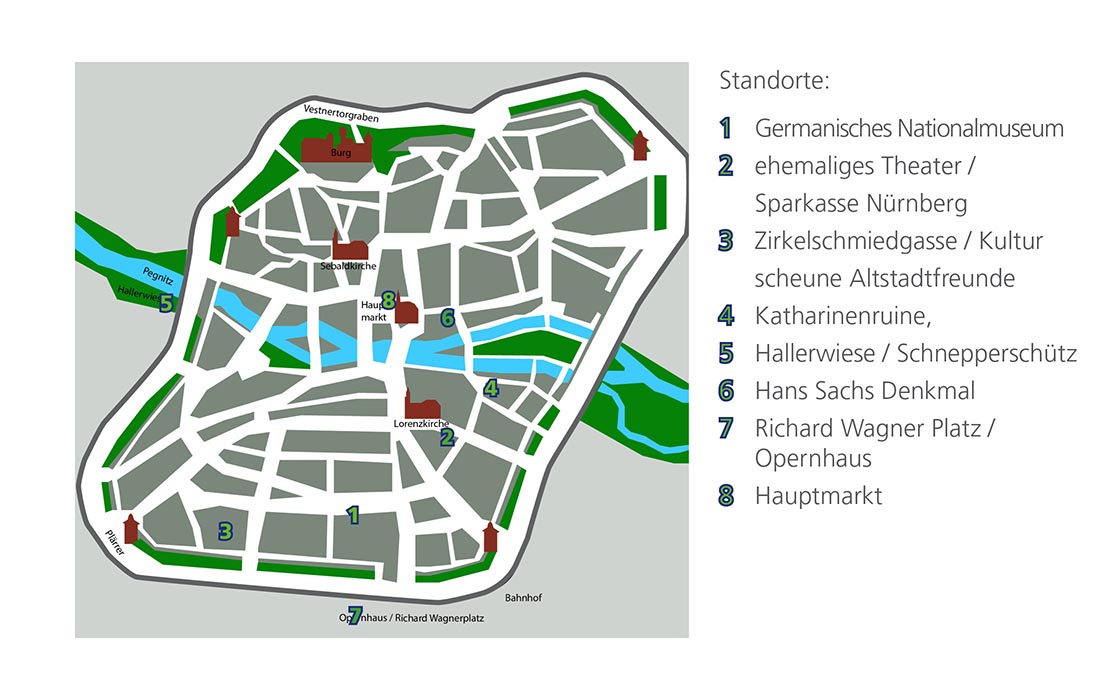
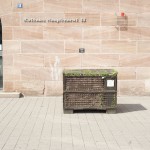

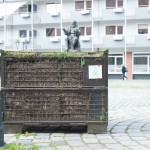
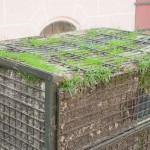
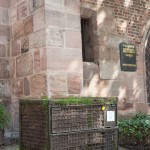
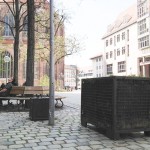
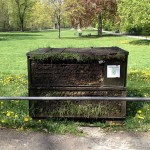
Super